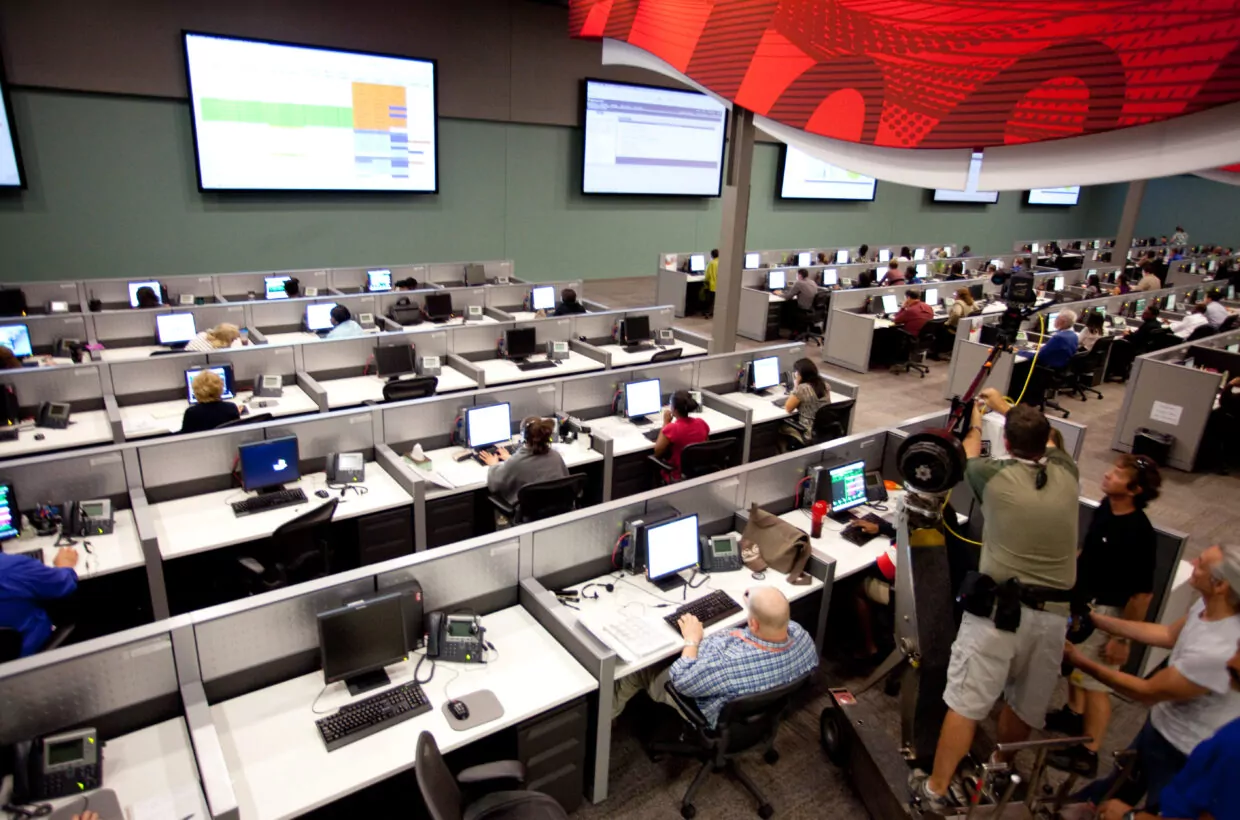Exciting Events from a Dynamic Community
Get acquainted with Tulsa — a region that’s brimming with new business developments, growing job opportunities and recreation. Read on to learn about everything from the latest ribbon cuttings and workforce initiatives to the exciting events making Tulsa an incomparable place to live, work and play.
